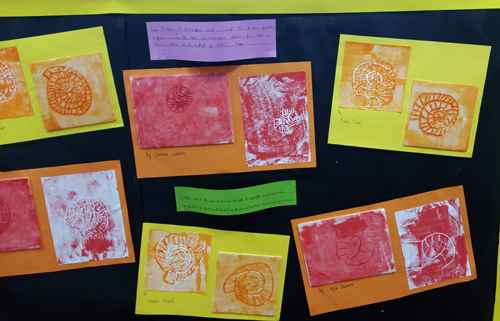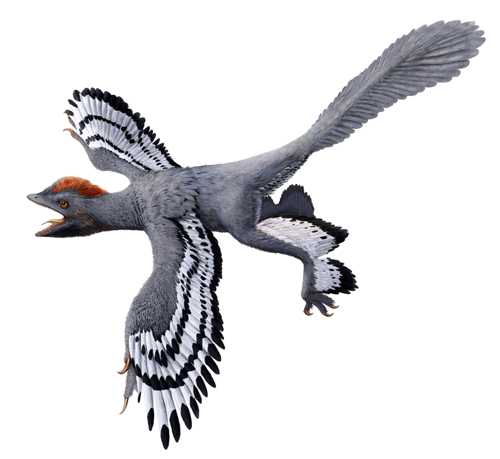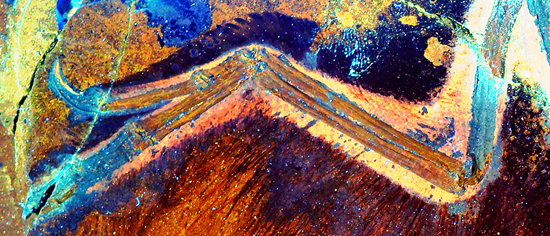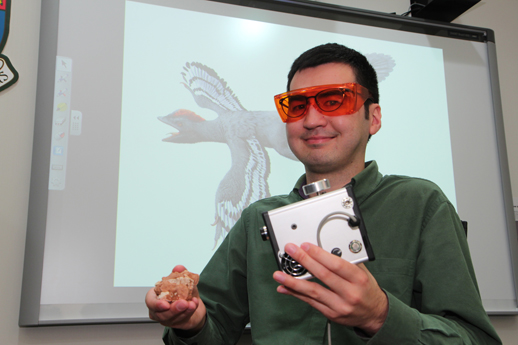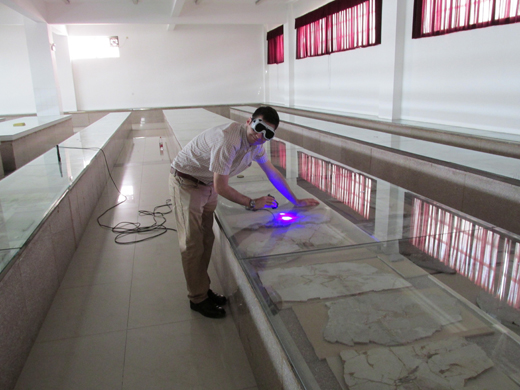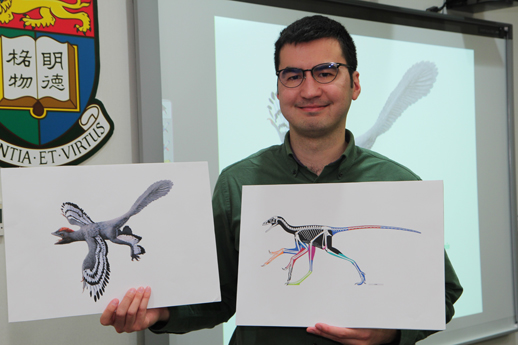Cranberry Academy Study the Remarkable Mary Anning
Year 2 Study Mary Anning
Children in Key Stage 1 at Cranberry Academy have been learning all about dinosaurs and fossils this term. For the children in Year 2, they have had the opportunity to learn about the life and times of Mary Anning. Mary became famous for the fossils that she collected and sold at Lyme Regis. Mary was responsible for some very important fossil discoveries, including giant marine reptiles and finding the fossilised remains of the first flying reptile to be named and described from England.
Children in Year 2 Created Portraits of Mary Anning
Picture credit: Everything Dinosaur /Cranberry Academy
What a lovely collection of Mary Anning portraits on display along the Key Stage 1 corridor. We challenged the children to have a go at a tongue twister that we gave them and prior to our morning of dinosaur and fossil themed workshops we sat down with the enthusiastic teaching team and discussed further extension activities to support the scheme of work. One of these activities involved the children designing their very own dinosaur. Could they label the body parts including the skull?
Ammonite Fossils
During the workshops, the children got the chance to handle all sorts of fossils, including ammonites, ancient cephalopods, fossils of which, Mary Anning would have been very familiar. The budding young palaeontologists, many of whom, had specially dressed up for the dinosaur day, were very excited and enjoyed playing our fish catching game. Earlier on in the term, the Year 2 children had used wax crayons and water colours to create their very own ammonite scratch drawings. These drawings of animals, related to today’s squid and the octopus adorned a noticeboard just outside the well-appointed Year 2 classroom.
Year 2 Made Scratch Drawings of Ammonite Fossils
Picture credit: Everything Dinosaur /Cranberry Academy
The story of Mary Anning makes an excellent element within a term topic exploring fossils and life in the past. An Everything Dinosaur team member supplied a number of extension resources to the teaching team all aimed at helping support their cross curricular teaching components.
Learning About Mary Anning
The Key Stage 1 children were fascinated when they were shown a model of what an ammonite actually looked like. Could they work out from the clues how many eyes ammonites had? Could they work out how many tentacles these creatures could wave? Where was the animal’s mouth?
A Model of An Ammonite Used to Help Explain About Life in the Past
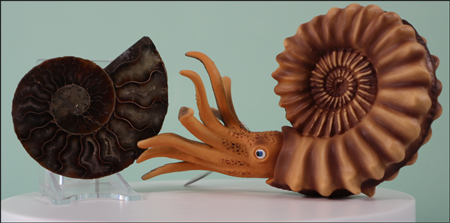
A Bullyland ammonite model is often used in museum displays to depict the living animal next to fossil material. Picture credit: Everything Dinosaur.
Picture credit: Everything Dinosaur
The picture above shows the Bullyland ammonite model.
To view the range of Bullyland prehistoric animal models: Bullyland Prehistoric Animal Models.
Even the lunchtime supervisor got involved. She explained that she had been to Lyme Regis a few weeks ago and found her own ammonite fossils on the sea shore, just like Mary Anning did!
Visit the Everything Dinosaur website: Everything Dinosaur.



